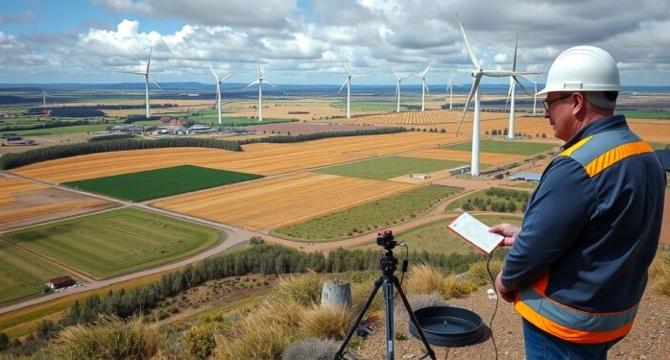Bioengineer
1w
38

Image Credit: Bioengineer
Exploring wind farm reliability
- Wind farms can produce low-carbon electricity on and offshore, but behind every spinning rotor lie intricate components whose reliability can make the difference between cost-effective, green energy and downtime or maintenance backlogs. The subtle interplay of turbines, transformers, cables, and circuit breakers cannot be overlooked if sustainable power is to be delivered at scale.
- A sizable expansion in the offshore wind sector has come with new challenges, from higher mechanical loads in extreme ocean environments to the complex engineering required for HVDC or HVAC connections. Reliability stands as a key success factor, impacting both unscheduled maintenance costs and the long-term perception of wind power as a dependable energy source.
- Engineers and analysts turn to statistical and reliability-based frameworks to understand the failure modes of wind assets. Gearboxes, generators, electric converters, and hydraulic systems account for a significant portion of downtime. Electrical components frequently fail but are quick to fix, while mechanical subassemblies like gearboxes, main bearings, or generators create extended periods of downtime.
- Different datasets reveal that the top failure areas across wind turbines are electrical components, while the biggest risk involving substations revolves around large transformers. Cables face internal or external damage, and circuit breakers have the smallest failure rates but can cause significant disruption if they do fail.
- Fault Tree Analysis (FTA) is an approach to identify how individual failures in components combine to produce an undesirable event, such as a total wind farm outage. Operators can use FTA to weigh various configurations and O&M strategies.
- Reliability in wind power is multi-layered, with turbines, cables, transformers, and switchgear each presenting their own set of vulnerabilities. Wind farm operators can improve reliability by adopting new approaches, such as advanced sensor-based condition monitoring and AI-driven predictive maintenance.
- The reliability of wind farms is a living research field and increasingly important as the globe transitions to sustainable energy. The industry must share knowledge more freely, acknowledging that the collective learning curve can yield cost savings and better availability for all.
- Aggregated knowledge from global databases and fault tree analyses ensure that as the scale and complexity of wind farms grow, the ability to keep them running reliably grows too.
- Reliability in wind power is a key foundation for sustainable energy delivery. By continuing to study, compare, and refine reliability metrics across subassemblies, wind farm developers can more confidently invest in the long-term operation of these assets.
- The ongoing shift to bigger turbines, further offshore, and new HVDC architectures will demand further expansions in reliability data, and the synergy of data-driven insights, fault trees, and design improvements can ensure that wind energy remains a consistent source of power.
Read Full Article
2 Likes
For uninterrupted reading, download the app